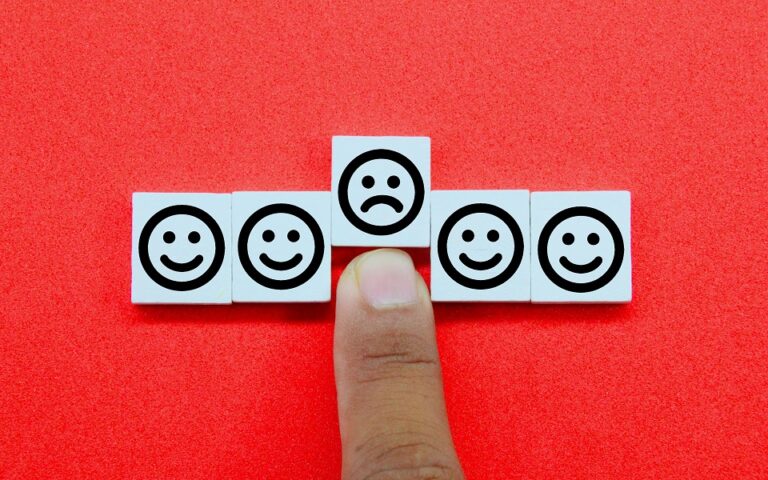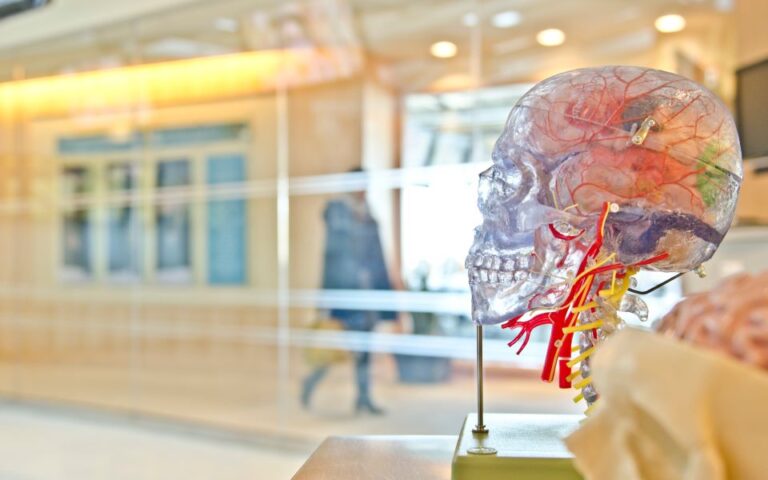Gnostic Reticularity and the Politics of Revelation
14 February 2023
Dr. Leslie B. Brissett
There is boldness and clarity in the writing and thinking generated by the actors in the early Tavistock Institute of Human Relations, and that is still what runs in our veins. However, when seen from a distance of decades, we can easily find ourselves forgetting just how radical and out of step with contemporary thinking and behaving the pioneers were. For example, when every organisation was promoting top down, pyramidal hierarchies, the Institute was wrestling with collaborative and collective leadership. When command and control mindsets were seeking to further enhance their control, the TIHR pioneers were discussing leaderless groups and how basic assumption behaviour could wipe out the ambitions of “sophisticated work group functioning”. Today, 76 years on, it is time for us to find the margins of acceptability and the periphery of the thinkable once again, and to inquire from that vantage point, “what does it mean to be human, and how do humans relate to LIFE?”.
I love Group Relations, a vibrant set of concepts that can be applied to the world of work and community life that radically bring into focus the hidden dimensions that drive behaviour and systems to replicate undesirable states of functioning. The construct of the world of human relations in groups provides a set of inquiry tools to elucidate the nature of how humans relate to their contexts and relate to each other, especially when they may not be aware of what they are doing. Group Relations is about two vital things: not knowing (and its correlate of curiosity) and freedom (and its correlate, the capacity to explore “what is”). These two vital components in action are what I call LOVE.
At its heart, the consultant in a group relations conference, like an adaptive leader in any organisation or society, can develop the capacity to survive not knowing and explore what emerges, moment by moment. There is a double-bind, however, embedded in the human condition, and here is the kicker, we all fall short. So the consultant must be able to face themselves as they fall short, and retain the ability to hold on to the task, whilst facing their shortcomings. This process is what I call Awakening. And this is the turn that we face at the edge of 2023 and the decade it ushers in, we have an opportunity to awaken from our collective hypnotic slumber. Group Relations has a part to play.
My first experience of a group relations conference was the ‘Being Meaning and Engaging’ conference held in Haslemere Surrey, organised by the Grubb Institute of Behavioural Studies. It is important to remember that The Grubb Institute was a product of the development of the relationship between the Tavistock Institute and the UK Churches in the form of the Christian Teamwork Trust. This period of intense work between Bruce Reed, Director of the Christian Teamwork Trust and Ken Rice, then Director of the Group Relations Training Programme at the Institute, sought to unfold and deepen the applications of the learning that emerged from the first Exploration in Group Relations, the residential conference held in 1957 between the Tavistock Institute and the University of Leicester.
The partnership of A. Ken Rice and Bruce Reed began in a 1965 consultation that led to Christian Teamwork Trustees agreeing to the formation of the Grubb Institute of Behavioural Studies in 1969. The partnership continued whilst, simultaneously, the Tavistock Institute of Human Relations established its own Centre for Social Research which sponsored, promoted and developed group relations conferences building on the first Leicester Conference model overseen by Eric Trist and Cyril Sofer.
The work of this part of the institute was rooted in the application of social sciences to contemporary issues in organisations and society. There is a radical streak in the work of the Tavistock ancestors that is brave, activist and at its heart curious to both look outwards from the person and inwards to the inner world of the person, at the same time. In other words, the institute always struggled with what it meant to practice what they preached, to live what they stood for or to embrace experientially what they intuited intellectually and emotionally. They did not always succeed, because, like all humans they were frail, broken and only able to live as far as their blind spots would allow them. How do we know this is the case? There is a legacy of broken relationships, rifts, wounds and splits between key figures and moments in history. Our task is not to be ashamed of those wounds, but to work diligently to revisit them and reveal and heal the hidden wounds of our history. Just like the decolonisation agenda, LGBTQIA+ activism, Feminism, MeToo, BlackLivesMatter, ExtinctionRebellion, environmental and Occupy movements, we have to look back, fearlessly, in order to look forward.
Margaret Rioch, who invited A. Kenneth Rice to the USA and grew an institute in his name wrote a paper, “All we like sheep” where she describes the impact of psychic processes that lead to blind, unquestioning followership and how it can be used by tyrants to keep good people doing bad things. Similarly, today, we face a social situation where people are being mobilised to do bad things: whether it is the war with Russia attacking people in Ukraine, USA civilian officers caging families and children at the Mexican border, European coast guards leaving African refugees to die in the Mediterranean to name a few, we are facing a litany of actions that confirm that we are all sheep, and have been mobilised to hate or enacting inhumanity in our desire to do and be good. Rioch’s paper was taken from a quote in the book of Isiah in the Old Testament, which is all the more striking as in this decade across the world we are seeing a rise in antisemitic racism, religious intolerance, and hatred.
Group Relations offers us a renewed window of engagement with the social order, perhaps in this age to explicitly recapture the subversion in the methodology – namely, to equip people in roles to wake up and find their authority and behave in new ways in social systems despite the forces that work to keep them hypnotised and asleep. These new ways of behaving could lead to a more humane and engaged citizenry, able to live beyond the sheeplike hypnotism that keeps us bound by invisible strings to behave in ways that do not promote growth, health and happiness in us, our fellow humans or the social and ecological environment in which we are inextricably bound.
In 2016, when I first Directed the Leicester Conference, I changed the title in order to put Authority at the Centre and bring our focus on Task to the front whilst always coming back to Organisation, the context in which we do our work. Making the tripartite of concepts, recalling Freud’s ID, Ego and Superego in an archetypal trinity. Taking the first letter of each word, Task Authority Organisation (TAO) immediately brought to mind the “Way” of the indescribable Chinese concept of the Tao. The Tavistock approach of group relations resonated for me with the essentially Taoist practice of standing at the edge of the unknown, and being willing to face what comes up and not turn away from any of it. I invited an experienced staff of former directors to be present as I took my maiden directorial voyage. I am constantly surprised that many people describe the Tavistock method as harsh and punitive.
For me, the group relations methodology is profoundly loving. The consultant staff symbolically say to the membership, just as a mother symbolically says to a screaming child, “Whatever you do is ok, nothing will make me turn away from you” - to quote the Judeo-~Christian character, Jesus, “forgive them father, they know not what they do”. We know that people are broken, blind and seeking approval, and consultant staff do not engage in any actions of reciprocity to unspoken demands for attention, so that the member can find their own hidden agendas/wishes/projections and assumptions in the form of the feelings generated in them when the staff do not behave in the ways that they hope for or want. Many staff in the early roles simply mimic what they observe without understanding or having the feeling of love that sits behind a blank face.
The second conference I directed in 2017, continued with the TAO: but engaged with Presence in Absence: IN & OUT @work. This evoked the dual emerging issues of people working remotely or internationally whilst also needing to maintain a presence in the minds of their staff and teams, alongside the challenges of revealing sexual and other hidden identities at work.
The third conference in 2018 in the flow of the TAO the world seemed to be reeling from the shock of the Trump presidency and the nature of racial and other biases emerging across the world as stories of new government scandals revealed themselves. So we invited members to ask the question about the Authority Role and Task (ART) of enlightened followership.
2019, TAO: I wrestled with the subtitle, and opened the door by calling it Love@Work, an invitation to study what it means to love one’s work, to find love at work or to understand what it means to behold love working in the world. The members came with many romantic notions of love as daffodils and roses, and could not locate the grit and dirt that give rise to the need for love, and acceptance of what is in the world of work.
The fifth Leicester Directorship was in 2020 in the midst of the global pandemic. The Leicester Conference took place in Bavaria, Germany because it was not possible to hold it in Leicester, UK as it was the site of the first city under local lockdown in England. This conference ended up with 10 members and 4 staff working in 3 sub-conferences. A truly remarkable experience to be taking place whilst the world around us was in a state of high emergency and fear of imminent death due to the covid-19 social distancing, masks and handwashing regimes, not to mention the full hospitals and daily news alerts of the death toll by country. In the face of it all, we had to practice what we preached, and remain open and curious to the emergent, and not collapse from studying the potential available in collaborative work, nor the intense feelings of hatred and mistrust projected onto the staff in the conference as a vehicle for profound learning.
Love is not pretty. In the film “Stage Beauty” a scene takes place between a woman speaking to one of the male actors who has specialised in his performances of the female lead character, Desdemona in Shakespeare’s Othello: “you make death too beautiful, that is not how a real woman would die – she would fight!”
Likewise, as we take group relations into the digital age, human relations are going to change fundamentally, and also remain stubbornly the same: we are petty, blind, confused, broken, approval seekers: and that makes us vulnerable to those who would seek to control and dominate us. But it is possible to awaken, and Group Relations learning can play a part in Awakening individuals, Organisations and Systems, it is a work of the spirit in and through the body. Perhaps we have to look backward to healing the cartesian split between mind and body – so we can emerge afresh from the cocoon of duality into an unknown era of singularity, or what Jung termed the coniuctio oppositorum, or the perennial Hermetic philosophy as above so below.
Or perhaps we begin to live a version of the childhood rhyme where (aspirationally) we take back all of our projections and live aware that: “twinkle, twinkle little star, what you say is what you are”…. Love in Action.
Leslie B Brissett Group Relations/Gnostic Reticularity and TAO programmes of work Director
SOURCE:











